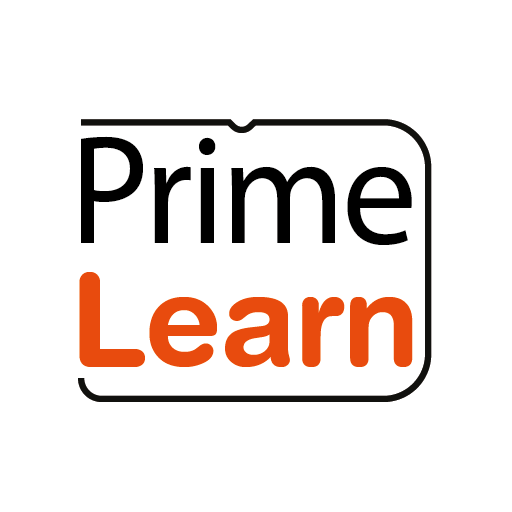There is unmatched joy seeing a child’s face light up when they suddenly understand something new and what makes teaching worth it are moment when learning comes alive. How do we, as teachers, light that spark and keep it burning? In a world overflowing with information, curiosity is the compass that helps learners explore, question, and discover meaning for themselves.
Imagine walking into a Primary Three class where the teacher begins a literacy lesson not with a definition, but with a mystery. “What would happen if plants could talk?” Suddenly, small hands shoot up, faces glow, and imaginations take flight. The lesson is no longer about parts of a plant, it is about a conversation between nature and mind. That is curiosity at work.
Curiosity does not grow in silence, it grows where questions are welcomed. A curious classroom is like a garden of wonders, every question a seed, every discovery a blooming flower. Teachers can water this garden through creative strategies, using real objects, posing puzzling questions, telling stories, and letting learners predict outcomes before revealing answers.
In one classroom, a teacher teaching air brings a closed box and asks, “What could be inside that keeps us alive but has no shape?” Learners whisper, argue, and guess until someone bursts out, “Air!” The excitement is contagious. As the saying goes, curiosity killed the cat, but satisfaction brought it back. When children find answers through exploration, they own the knowledge, it sticks.
It all grows on freedom, the freedom to make mistakes, to wonder, to say, “I do not know, but I will find out.” It links teaching to discovery, knowledge to imagination. Like a candle flame, too much covering can put it out, but thoughtful guidance makes it glow brighter.
In the end, teaching without curiosity is like painting without colour. Every lesson should leave learners with one more question than they started with. When we awaken their sense of wonder, we do more than teach, we inspire lifelong learners who see the world not as a page to memorise, but as a book to explore.









0 Comments:
Leave a Comment